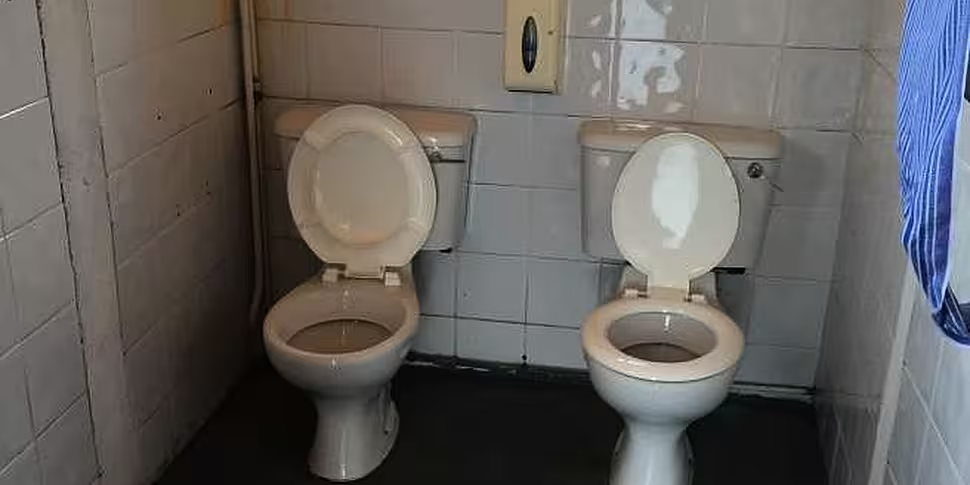This week on The Pat Kenny Show, we're looking at whether or not the economic recovery is being felt in Ireland's towns.
Education Minister Jan O'Sullivan this morning announced a major school building programme in Blanchardstown, Dublin.
The six-year plan includes dozens of new buildings, as well as upgrades to hundreds of primary and secondary schools across the country.
Richard Chambers examined details of the plan and spoke to Shane Coleman in studio about what they contained.
Listen below: The Pat Kenny show reports on how schools outside Dublin are faring
The proposed plan will cost €3 billion, we heard it mentioned in the Capital Plan when that was announced back in September but full details have been under wraps until now.
What is the plan?
This is a six-year strategy. It’s made up of 310 projects, 156 at primary level, 124 at post-primary and 30 special school projects.
By the Department of Education’s own projections, there’ll be an additional 25,000 primary school enrolments by 2017 and an extra 15,000 secondary.
That’s around 40,000 more pupils and students in a system which has been creaking for quite some time.
Given that rapid rise in enrolments across the country, there has obviously been a severe strain particularly on older school buildings, the traditional Irish national schools, which have been around for 150 years now in some cases.
Some towns and counties have been crying out for new or better schools for a decade now.
Looking back to the start of 2006, Mary Hanafin, who was at the time Minister for Education, put together a €490 million overhaul package for 62 schools.
How is this affecting schools?
One school on that list was Stonepark National School in Longford. It was graded Class 1, so top priority for improvement, and yet it was left without expansion until now.
Reporter Richard Chambers visited StonePark last week.
Principal Meriel McCord showed him around the prefabs which account for six of eight classes at present.
According to the Department’s own briefing documents - which Newstalk obtained this morning - work is not due to begin until 2016 despite the fact that some of the these issues highlighted are in acute need of attention.
For example, one of the rooms in the main school building can’t be used because of the fear of health risks associated with the damp, heat and mildew which is a problem throughout the school and prefabs.
The toilets have a smell of sewage, which is very noticeable in many of the bathrooms for students across the school.
There is a permanent rodent problem, and Rentokil were in laying traps recently. There’s asbestos on the roof so if a ball ends up there, there’s a very real health risk.
Some of the prefabs aren’t able to fully accommodate wheelchairs and this has been felt to the detriment of some pupils. In one case, an SNA had to teach one pupil with special needs in what is effectively the cloakroom.
Where will we see most of these projects go?
We’ll see the majority go to areas of high-population growth - so commuter belt areas around Dublin. Fingal, Louth, Meath and Kildare are in line for some the biggest slice of the pie.
Swords is getting a new national school by 2017 and there are more projects in line for Rush, Skerries, and Balbriggan - all in North county Dublin.
Where else is in line for upgrades?
Well, besides the main urban areas like Dublin and Cork some areas which have been left behind will also see some improvement.
In Athenry, Co Galway for example, three completely new school buildings will be built to cope with demand.
The immediate concern will be meeting primary places - these projects will take time to even get off the ground, never mind build and open. With the number of primary school pupils set to peak at 574,000 - well over half a million by 2018 - there Department is in a race against time.
After that the strain will be put onto secondary schools - with a record level of 400,000 students expected by 2025, there’s at least more time to meet that demand. But as we’ve seen, the promise of a new school isn’t always met.











